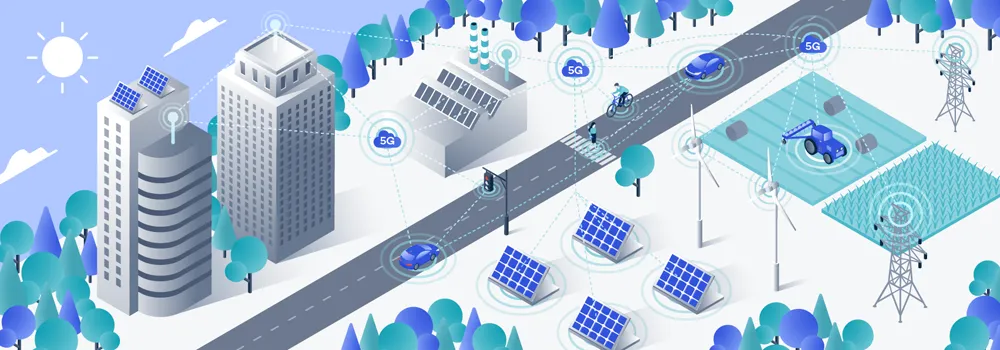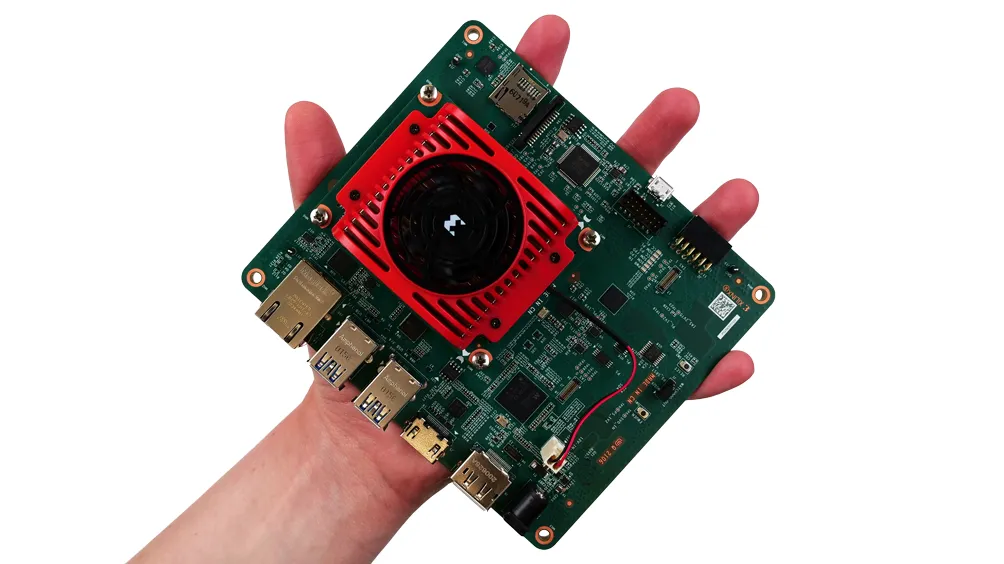The partnership is seeking to develop a solution based on a single hardware platform and a single V2X software stack that can be configured for DSRC/ITS*-G5 or C-V2X(PC5) which allows users to switch from one mode to the other.
Laurent Zimmermann, vice president, connected car product group at Valeo, says the solution, combined with the company’s advanced driver assistance systems portfolio, will help provide a foundation towards developing autonomous cars and safer transport.
Autotalks’ new chipset is expected to isolate V2X from the cellular network access device (NAD) and provide domain separation and security, scalability and potential cost-optimisations of telematics control unit deployments.
Valeo’s platform includes a cellular NAD, multi-core application processors and a combined module with Autotalks’ Section/Plution chipset.
Autotalks showcases chipset integrated with telematics platform at CES 2019
Autotalks is demonstrating how its chipset, integrated with Valeo’s telematics platform, can toggle between directed short-range communications (DSRC) and cellular vehicle to everything (C-V2X) communications, at CES 2019 in Las Vegas.
The partnership is seeking to develop a solution based on a single hardware platform and a single V2X software stack that can be configured for DSRC/ITS*-G5 or C-V2X(PC5) which allows users to switch from one mode to the other.
Laurent Zimmermann, vice president, conne
January 10, 2019
Read time: 2 mins









